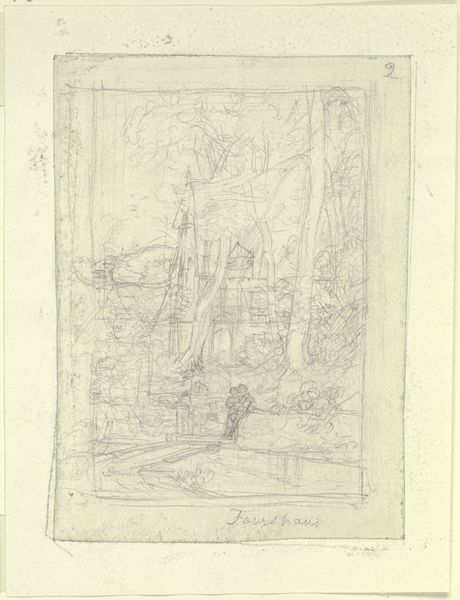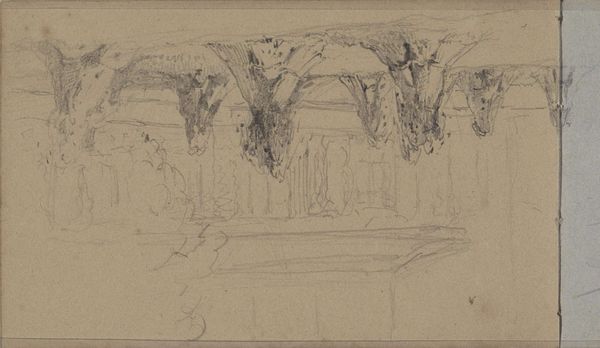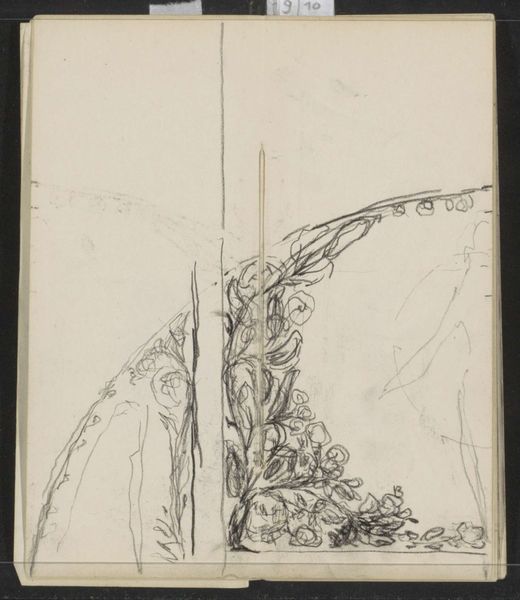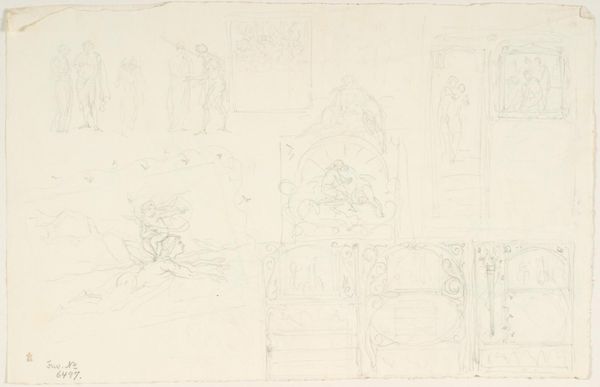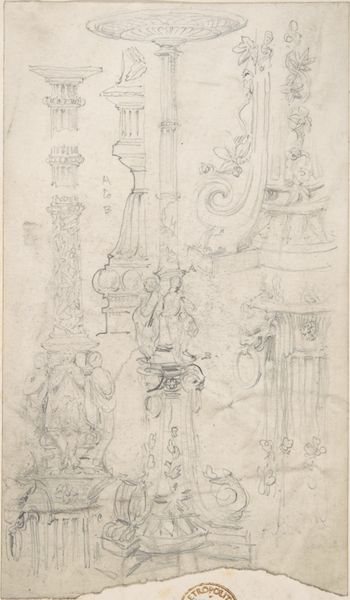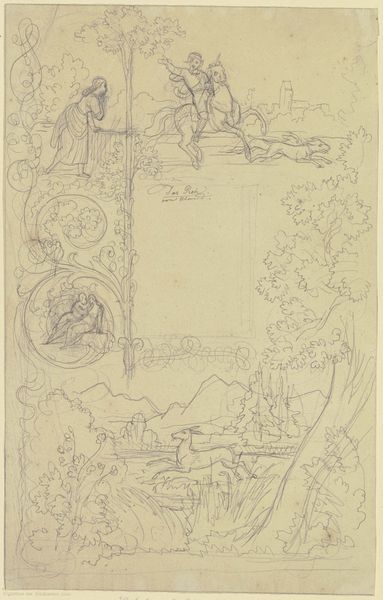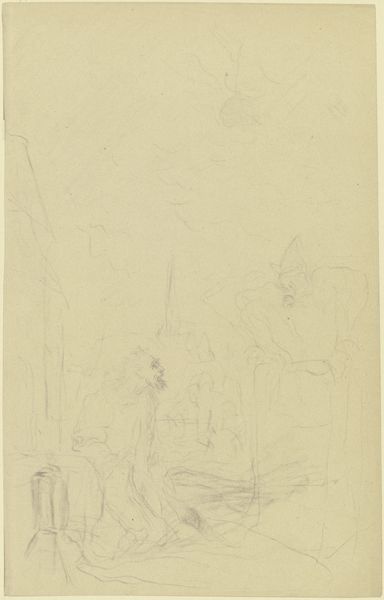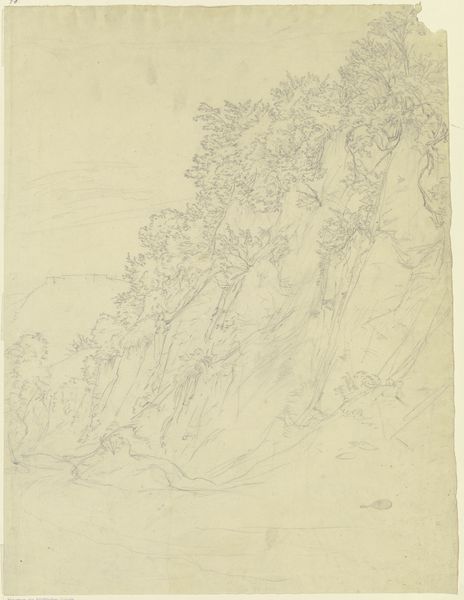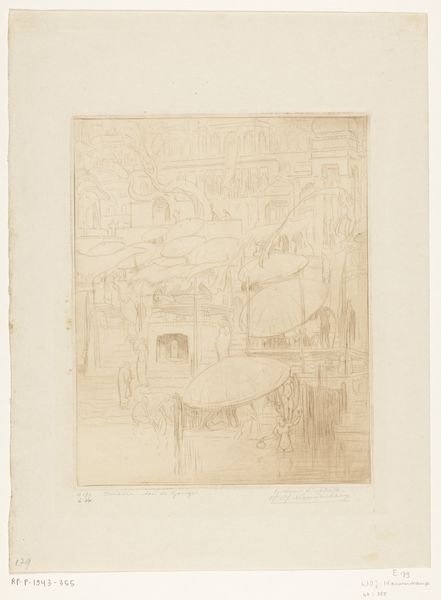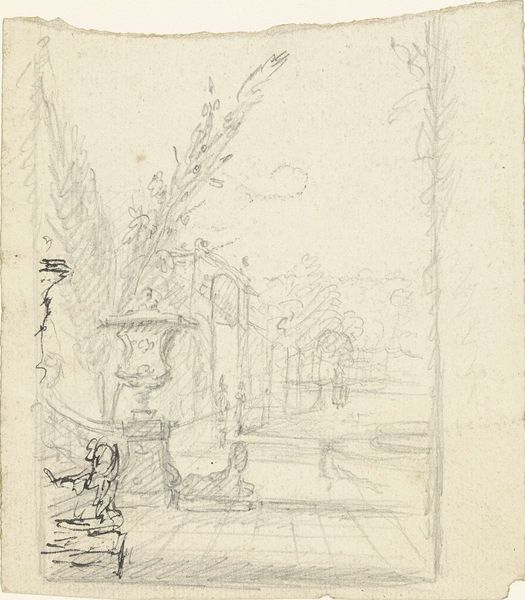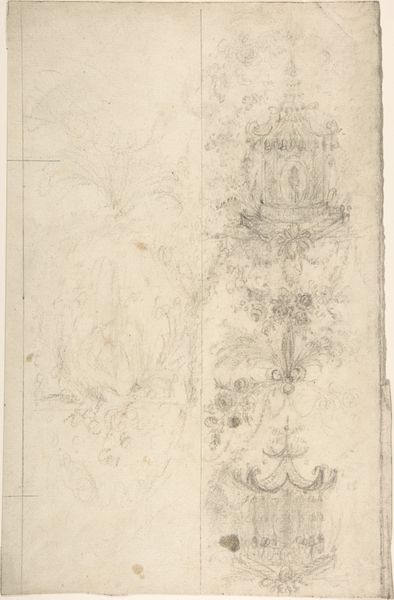
drawing, pencil, graphite
#
drawing
#
11_renaissance
#
geometric
#
pencil
#
graphite
#
realism
Dimensions: overall: 44.4 x 30.5 cm (17 1/2 x 12 in.)
Copyright: National Gallery of Art: CC0 1.0
Curator: Well, my first thought looking at this piece is that it’s like stumbling upon a secret, a whisper of a moment. It feels unfinished, like a dream I’m trying to grasp as it fades. Editor: I find myself drawn to Dore's "Cleopatra," rendered in graphite and pencil, an intriguing and, as yet, undated piece. Looking at it now, I'm struck by the theatricality inherent in Dore's choice of subject. Cleopatra, the historical figure, represents the collision of power, gender, and empire in the ancient world. I am curious what our listeners see here? Curator: It’s interesting that you mention theatricality, because to me, the very medium of the sketch evokes this ephemeral quality, a stage set before the play begins. The lightness of the graphite seems to suggest both grandeur and vulnerability simultaneously. I get the sense of witnessing the prelude to an epic tragedy, perhaps the moments before Cleopatra makes her fateful decision. What is she thinking in those minutes before everything falls apart? Editor: Precisely. And it's not just about historical drama but about a certain construction of femininity as bound to tragedy when it transgresses patriarchal norms. Think about how many portrayals there are of powerful women, from Clytemnestra to Medea to even, in certain interpretations, Joan of Arc, who are punished, or who enact self-punishment, for challenging the status quo. Dore might not have intended this—his primary focus could have been the drama and the aesthetic, however what can this mean within a tradition? Curator: I love that interpretation! Thinking about it from a different angle, maybe the incompleteness reflects her unfulfilled ambitions, all that she was meant to do, the empire that almost was. You know, the ghostly chandeliers and those slightly cartoonish columns holding nothing up... It is all rather sad, a bit hilarious, if I may be candid! Editor: Well, what I would note is how his approach, realistic in some aspects, contrasts with an interpretation that favors mythology or the sublime—perhaps mirroring the tensions within Cleopatra herself. The precision in rendering geometric forms is quite evident and at variance to her historical fate. In this unfinished quality is where the work encourages the ongoing analysis, the debate, the revolution! Curator: Yes, absolutely! Seeing it again with that in mind is simply a refreshing idea. Ultimately, it reveals how much art remains alive with multiple interpretations, despite existing in a silent, and still medium like a pencil. Editor: I agree. Dore's "Cleopatra" prompts us to contemplate not just history, but also the narratives that are constructed around gender, power, and representation and the multiple means an artist employees to elicit these insights. Thank you for your own insights, today.
Comments
No comments
Be the first to comment and join the conversation on the ultimate creative platform.

